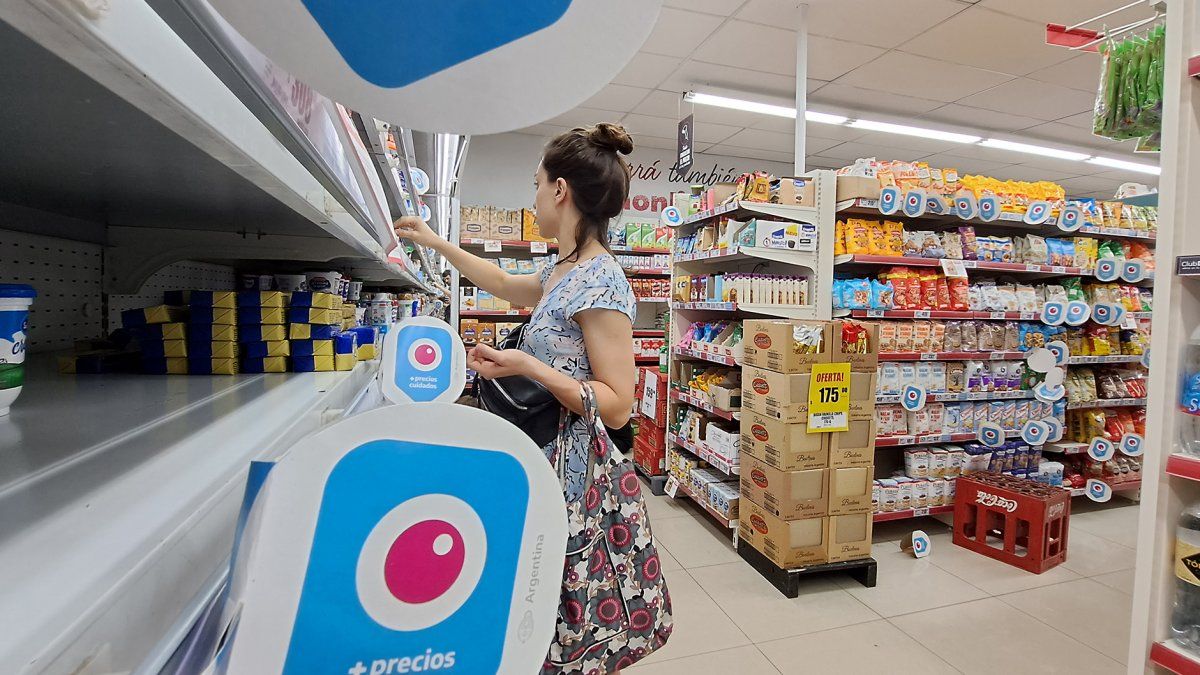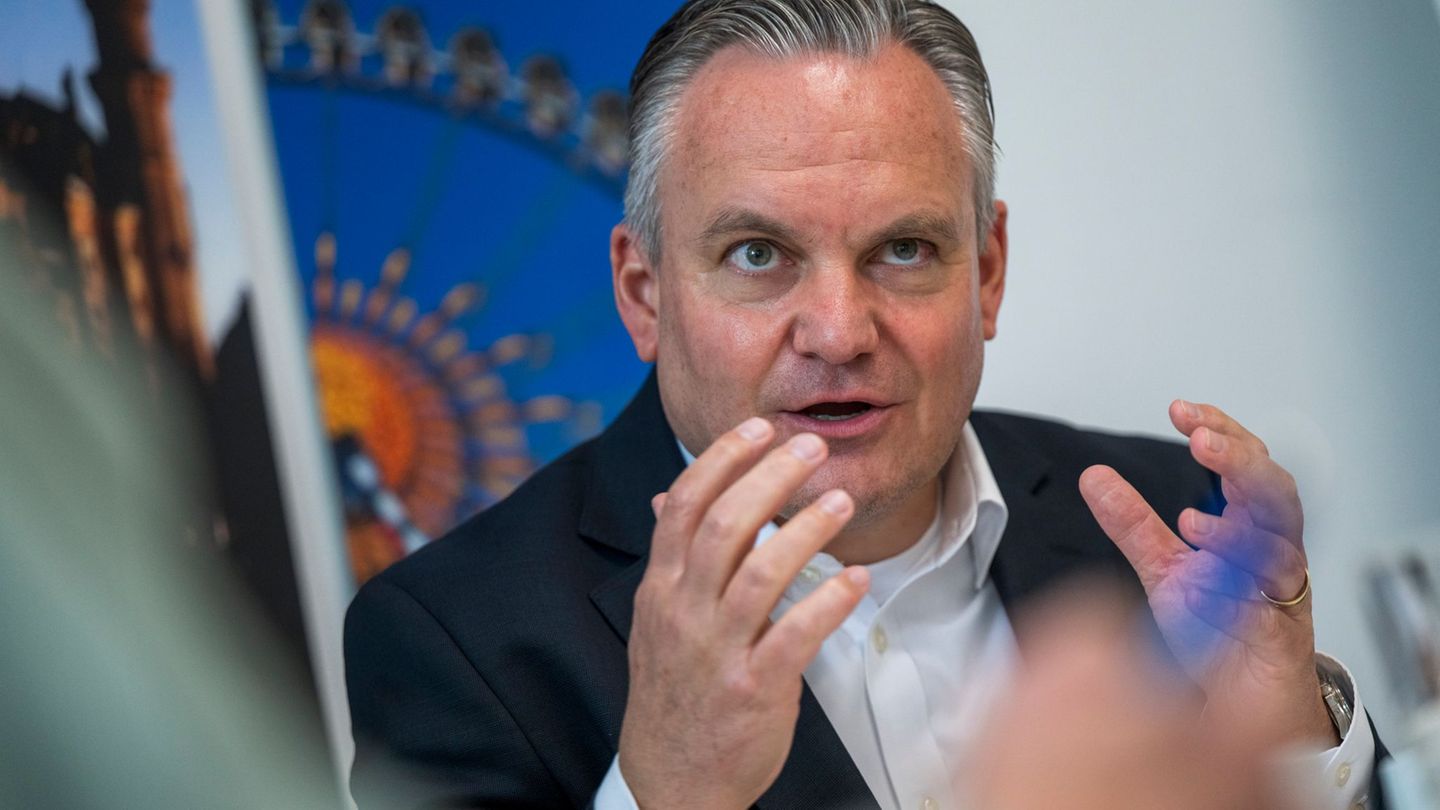The weekly monitoring of LCG in food prices showed a variation of 1.12% in the first week, 1.34% in the second, 0.12% in the third (the smallest increase in eight months) and 0 .83% in the fourth and final week.
What increased the most and what least in the month
The evolution of food prices in the last month of last year showed a marked dispersion in seasonal products, to the point that the item led the monthly increases, but at the same time it was the one that fell the most in the last week.
The weekly survey showed increases of 2.4% in Dairy products and eggs, 1.4% in Bakery products, cereals and pasta, 1% in Beverages and infusions to consume at home, 0.8% in Meats, 0. 6% in Condiments and other food products, 0.4% in Oils and in Sugar, honey, sweets and cocoa, 0.3% in Ready-to-go meals and in Vegetables and a decrease of 3.6% in Fruits.
This last item led the list of price increases in the month, with 11.6%, followed by Dairy products and eggs with 5%, Vegetables with 4.7%, Beverages and infusions to consume at home (3.7 %), Condiments and other food products (3.5%), Sugar, honey, sweets and cocoa (3.4%), Bakery products, cereals and pasta (also 3.4%), Ready-to-go meals (3 2%), Oils (2.2%) and Meats (1%).
In the measurement of all of December, LCG highlighted that “8 out of 10 categories present an average monthly inflation of less than 5%, differing widely from previous months.”
The slowdown in inflation that was reflected in November with a CPI of 4.9% was attributed by the Ministry of Economy to various reasons, among which a “better fiscal policy” stood out, according to what was indicated by the Secretary of Programming Economic, Gabriel Rubinstein, after knowing the index.
Coffee in supermarkets.jpg
In this regard, the consulting firm Analytica periodically monitors the interannual variation of primary spending in real terms, that is, after discounting inflation for the period considered.
In this sense, the entity specified that in the third week of December 2022 primary spending had a real year-on-year drop of 42.3% compared to the same period in 2021, which will allow the year to be closed in line with the agreed goal. with the International Monetary Fund (IMF) of a primary deficit equivalent to 2.5% of the Gross Domestic Product (GDP).
Expenditure had a real increase of 7% in relation to the third week of November, due to the incidence of seasonal issues, among which the payment of the second installment of the Complementary Annual Salary stands out.
The year-on-year variation of spending at constant values had a change in trend in the second half of 2022, after a first half with increases that contrasted with the decrease registered between July and December.
Source: Ambito
David William is a talented author who has made a name for himself in the world of writing. He is a professional author who writes on a wide range of topics, from general interest to opinion news. David is currently working as a writer at 24 hours worlds where he brings his unique perspective and in-depth research to his articles, making them both informative and engaging.




